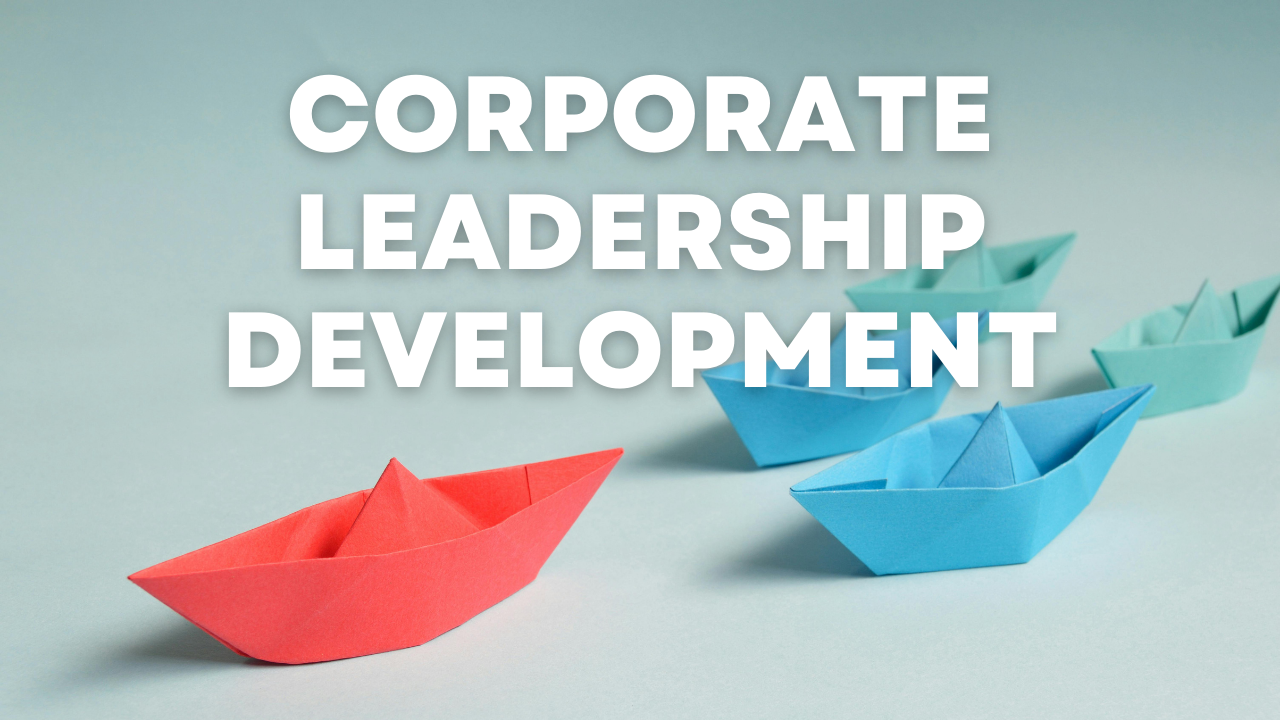The journey from middle management to executive leadership represents one of the most significant transitions in corporate careers. Success in corporate leadership development requires a strategic approach, combining skill enhancement, relationship building, and personal growth. This comprehensive guide explores the essential elements of advancing your career to the executive level.
Understanding Executive Leadership Requirements
The path to executive leadership demands more than just excellent performance in your current role. Today’s corporate landscape requires leaders who can navigate complexity, drive innovation, and inspire teams across multiple departments. The foundation of corporate leadership development begins with understanding these elevated expectations and systematically building the capabilities to meet them.
Executive leadership differs fundamentally from middle management in scope, responsibility, and required skills. While middle managers focus on operational excellence and team performance, executives must shape organizational strategy, drive cultural transformation, and ensure sustainable growth. This transition requires developing new perspectives and capabilities while maintaining the strengths that drove your initial success.
Essential Leadership Skill Development
Advancing to executive roles requires mastering several critical leadership competencies. Strategic thinking becomes paramount at the executive level, where decisions impact entire organizations rather than individual departments. This involves developing the ability to analyze market trends, anticipate industry changes, and formulate comprehensive strategies that position your organization for success.
Communication skills must evolve to encompass both broad organizational messaging and nuanced stakeholder management. Executives need to articulate vision, align diverse teams, and influence across all levels of the organization. This includes mastering various communication styles and adapting them to different audiences and situations.
Financial acumen becomes increasingly crucial as you rise through leadership ranks. Understanding complex financial metrics, making resource allocation decisions, and driving business performance require sophisticated financial knowledge. This extends beyond basic budgeting to include corporate finance, investment analysis, and strategic resource management.
Strategic Career Planning
Advancing to executive roles rarely happens by chance. Successful transitions require careful planning and deliberate action. This includes identifying potential career paths, understanding required experiences, and strategically pursuing opportunities that build relevant capabilities.
Creating a detailed development plan helps track progress and maintain focus. This should include both short-term objectives and long-term career goals, with specific milestones and success metrics. Regular review and adjustment of this plan ensures alignment with changing organizational needs and personal aspirations.
Professional development should encompass formal education, practical experience, and mentorship opportunities. Executive education programs, advanced certifications, and cross-functional projects all contribute to building the broad perspective required for senior leadership roles.
Building Professional Networks
Network development plays a crucial role in executive advancement. Strong professional relationships provide access to opportunities, insights, and support throughout your career journey. Building these networks requires intentional effort and authentic relationship cultivation.
Internal networking should extend beyond your immediate department to include leaders across various functions and levels. Understanding different perspectives and building allies throughout the organization creates a foundation for future collaboration and support.
External networking through industry associations, professional groups, and leadership forums provides valuable perspective and opportunities. These connections often lead to mentorship relationships, board opportunities, and enhanced industry understanding.
Advanced Management Capabilities
Successful executive leaders demonstrate mastery of complex management skills. This includes the ability to drive change initiatives, manage organizational politics, and build high-performing teams across multiple functions.
Change management capabilities become particularly important as organizations face increasing disruption. Executives must guide their organizations through transformation while maintaining operational effectiveness and employee engagement. This requires combining strategic vision with practical implementation skills.
Team development at the executive level involves building and leading diverse, cross-functional teams. This includes identifying and developing talent, creating inclusive environments, and fostering innovation across organizational boundaries.
Executive Presence Development
Executive presence encompasses how you carry yourself, communicate, and interact with others. This crucial element of corporate leadership development includes physical presence, communication style, and emotional intelligence.
Developing authentic leadership presence requires self-awareness and deliberate practice. This includes mastering non-verbal communication, developing a commanding yet approachable style, and maintaining composure under pressure.
Professional image management becomes increasingly important at executive levels. This includes attention to appearance, communication style, and social media presence, all of which contribute to your leadership brand.
Navigating Corporate Politics
Understanding and effectively navigating organizational politics is essential for executive success. This involves building coalitions, managing competing interests, and advancing organizational objectives while maintaining integrity.
Political acumen includes recognizing power dynamics, understanding stakeholder motivations, and building support for initiatives. Successful executives learn to navigate these waters while maintaining authentic leadership styles and ethical standards.
Decision Making and Risk Management
Executive leadership requires confident decision-making in complex, ambiguous situations. Developing strong analytical skills, combined with intuition built through experience, enables effective executive-level decision making.
Risk management capabilities become increasingly important at executive levels. This includes understanding enterprise risk, making strategic decisions under uncertainty, and balancing multiple stakeholder interests.
Work-Life Integration
Maintaining personal well-being while pursuing executive roles requires careful attention to work-life integration. This includes developing sustainable practices, managing energy, and building support systems that enable long-term success.
Final Thoughts

Success in corporate leadership development requires a comprehensive approach combining skill development, strategic planning, and personal growth. The journey from middle management to executive leadership represents a significant transformation in both capabilities and mindset.
Take action today by assessing your current capabilities, identifying development needs, and creating a strategic plan for your leadership journey. Your future success in executive leadership depends on the foundations you build and the relationships you cultivate along the way.
